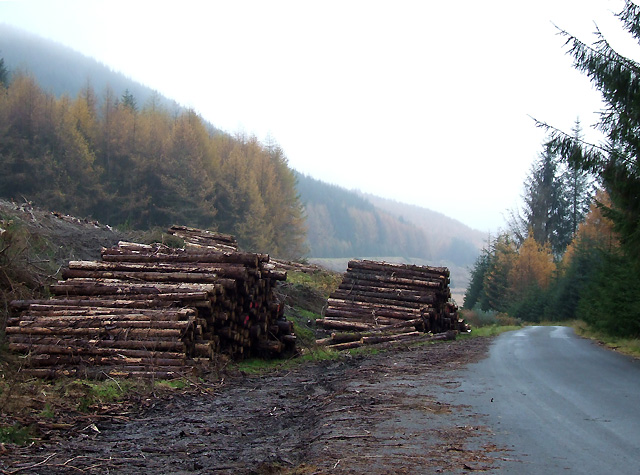Re: “Huge salvage job ahead in B.C. forests.” column, Nov. 16 in the Times Colonist
Les Leyne describes the urgency of salvaging trees killed during the 2017 record wildfire season, before the lumber value of logs degrades. This, however, leaves out what’s important — making sure that large-scale clearcut salvage logging does not result in a double hit to already-stressed forest ecosystems.
Forest health is best understood as the rate of recovery from ecological stresses caused by fire, logging, insects, etc. Greater stress means poorer health and longer recovery.
Stewardship is not about “cleaning up the mess.” Salvage logging will rarely contribute directly to ecological recovery. Removing undamaged live trees among the dead and damaged must be minimized. Retention of diversity helps maintain ecological processes, organic matter, productivity and forest health.
When impacts of salvage logging on a forest are not well understood, the unintended consequences can be high, reducing a forest’s capacity to sustainably produce benefits, including quality wildlife habitat, good jobs and revenue.
Following the beetle outbreak and the consequences of large-scale clearcut salvage logging since 2000 in the Prince George Timber Supply Area (17 per cent of B.C.), the approved annual rate of logging had to be reduced 33 per cent to 8.4 million cubic metres in 2017.
Until now, B.C. has used a reactive approach to managing resource development. A proactive approach will anticipate potential impacts before they occur — by working with nature — to minimize need for salvage, while managing for resilience at the landscape scale. Creative challenges include scale, diversity, quality and balance.
Is B.C. ready?,
Ray Travers, Retired professional forester
